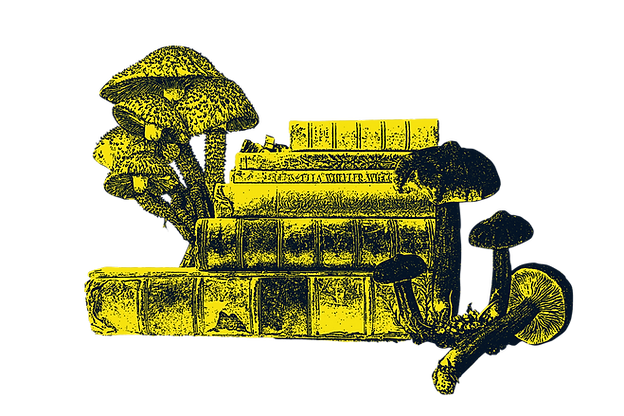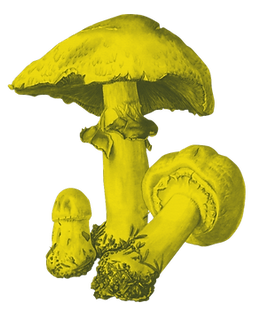ERA | 1930s - 1940s
The 1930s


A Description of a Tonkawa Peyote Meeting Held in 1902
Source: American Anthropologist New Series
Vol 41 No 3 (July – Sep 1939)
Anthropologist Morris Opler reflects on Samuel E. Kenoi’s participation in a peyote ceremony among the Tonkawa People that took place in 1902. Kenoi found himself in a unique circumstance: many of the indigenous participants in the ceremony were former grade school classmates of his; his joy in seeing them in this heretofore unknown role reads clearly in his article.
With Kenoi (via Opler) we see a man very much eager to understand the visionary potential of peyote. He is careful in acknowledging his own ignorant faux pas and a desire to meet the cactus on traditional Tonkawa terms.
Author: Morris Edward Opler
Further Observations on Peyote Intoxication
Source: The Journal of Abnormal and Social Psychology Vol 26 No 4 (1932)
Author: Samuel W. Fernberger (University of Pennsylvania)
Almost ten years after publishing his original paper “Observations on Taking Peyote” (1923), UPenn psychologist Samuel Fernberger reports on an experiment of 9 researches, including psychologists, anthropologists, sociologists, a couple of museum curators, and a professor of religious history who all took peyote.
Each participant took between three to seven buttons. The most common reactions were seeing either familiar objects or geometric patterns, nausea, and anti-aphrodisiac effects. Some of the participants felt that the visions could be controlled through suggestion.


Primitive Psychotherapy in Native American Cultures: Peyotism and Confession
Source: The Journal of Abnormal and Social Psychology (Vol 43, No 3 July 1947)
Anthropologist Weston La Barre addresses the revenant ways peyotists handle “Father Peyote” within the context of ritual confession. While “confession” is often seen in strictly Christian terms, evidence suggests that the practice with peyote rites predates European influence among the Aztecs. Such traditions carried into the modern day among a host of First Nations Peoples.As such, La Barre reviews the various ways peyote-using peoples incorporate confession into their ceremonies, from the far-north Inuit people to the Algonquin and Mesoamerican civilizations.
Author: Weston La Barre
A Note on the Discovery of Teonanacatl
Source: American Anthropologist (New Series Vol 42 No 3 Part 1 July-Sept 1940)
Author: Jean Bassett Johnson
In this letter, American linguist Jean Bassett Johnson (1915 – 1944) writes to clear up confusion regarding the person responsible for the discovery of teonanacatl, the sacred mushroom of the Aztecs.
Johnson states that American biologist Richard Evans Schultes has erroneously been given credit for the discovery of teonanacatl by a Dr. La Barre. An earlier discovery of teonanacatl had previously been uncovered (and noted in Johnson’s data) by Mr. R.J. Weitlaner. Johnson also outlines older works where teonanacatl is mentioned.


A Socio-Cultural Interpretation of the Peyote Cult
Source: American Anthropologist (Vol 43 No 4 1941)
Based on the theory first espoused by Philleo Nash (1909 – 1987) observing the rites of Klamath peoples of Southern Oregon/Northern California, Barber estimates that the more deprived of traditional culture in which indigenous people found themselves, the more they turned to practices like The Ghost Dance and peyotism.
Author: Bernard Barber






_edited.png)